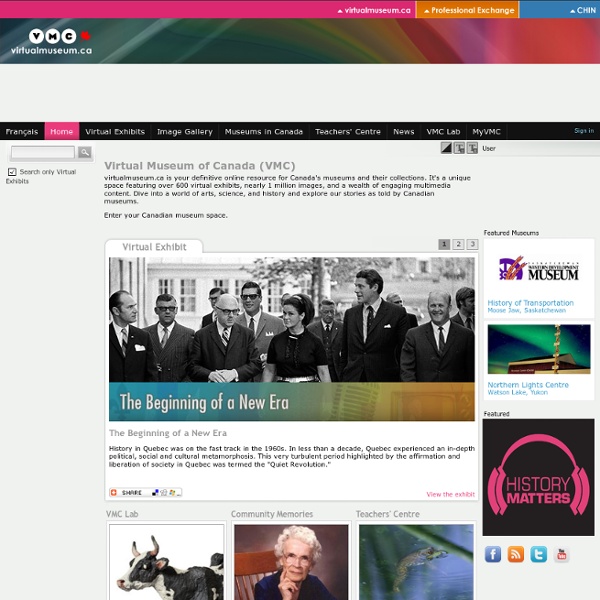



Guidelines for Cornell University Library Digital Collections Guidelines for Using Public Domain Text, Images, Audio, and Video Reproduced from Cornell University Library Collections As part of its educational mission, Cornell University Library makes available through its reproduction services and via the World Wide Web copies of certain items from its collections. Much of the material reproduced or distributed by Cornell University Library is believed to have no known U.S. copyright or other restrictions. The Library does not charge for permission to use such material and does not grant or deny permission to publish or otherwise distribute public domain material in its collections. (While no permission-to-publish fees for public domain items are required, service fees will be charged when the Library makes for patrons reproductions of items in its collections or provides high resolution versions of web-accessible items.)
Explore, Play, Discover: Websites & Activities Search form Search Low-cost, teacher-tested activities for the classroom and the curious. Science of Cooking • Explore the science behind food and cooking with recipes, activities, and Webcasts.PreviousNext Explore, Play, Discover: Websites, Activities, and More Auroras: Paintings in the Sky Far north in the night sky, a faint glow appears on the horizon. Feeling Pressured Feel atmospheric pressure changes by stepping into a garbage bag. Camera Obscura Take the Beat Back Uncover the everyday origins of some extraordinary instruments. The Cold Water Candy Test Science of Baseball What's the science behind a home run? Arctic Seals These unique – and uniquely beautiful – seal species spend their lives amid the sea ice Plant Hybrids If you're a patient gardener, you can grow your own hybrid flowers. 2016 Total Solar Eclipse Telescope View Watch the telescope view of the entire 2016 total solar eclipse in Micronesia. Energy from Death Slinky in Hand Make waves without getting wet. Cheshire Cat Pages explore Connect
The National Gallery, London: Western European painting 1250–1900